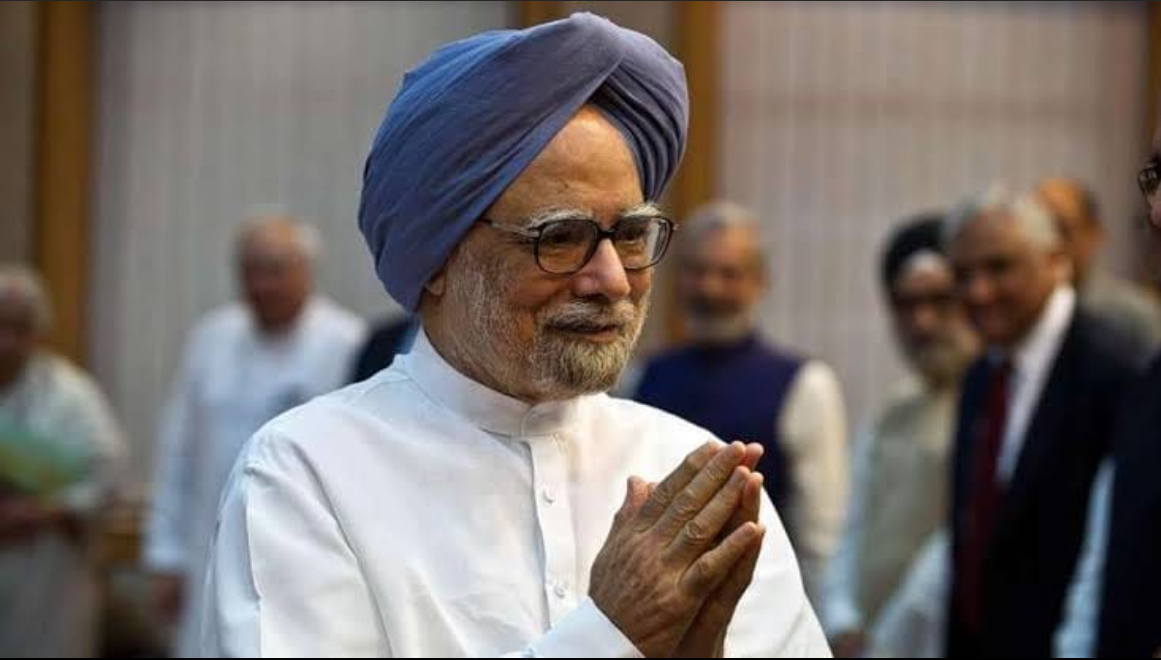In a remarkable display of bipartisan respect, Prime Minister Narendra Modi recently extended heartfelt accolades towards former Prime Minister Manmohan Singh for his unwavering commitment to his duties, even amidst severe health challenges. During a session in the Rajya Sabha, Modi commended Singh’s perseverance, particularly noting an instance when Singh, despite his ailments, made it a point to attend a crucial vote, wheelchair-bound. This acknowledgment from Modi not only highlighted Singh’s dedication but also served as a poignant reminder of the resilience and dedication required in public service.
Prime Minister Modi, in his address, emphasized Manmohan Singh’s inspirational role, expressing his hope for Singh’s long life and continued guidance. This tribute was significant, reflecting a rare moment of cross-party reverence, underscoring the shared values and respect for commitment to duty among India’s political leaders.
However, in an intriguing turn of events that unfolded merely hours after Modi’s praise for Singh, the government unveiled a white paper that starkly contrasted the earlier sentiments of admiration. While the document did not directly name Manmohan Singh, it was explicit in its critique of the leadership during the United Progressive Alliance (UPA) government, which Singh headed. The white paper aimed to draw comparisons between the economic conditions under the UPA and the National Democratic Alliance (NDA) led by Modi, presenting a critical analysis of what it termed as the “lack of leadership” during Singh’s tenure.
This document referred to a controversial moment in 2013 involving Congress MP Rahul Gandhi, who publicly tore up a piece of paper in a symbolic rejection of an ordinance introduced during Singh’s administration. This act was seen as a significant embarrassment for the UPA government and was cited in the white paper as an example of the leadership issues that plagued Singh’s tenure.
The white paper further criticized the UPA government for its handling of the economy, accusing it of turning a “healthy” economic situation, as inherited from the previous Vajpayee government, into a “non-performing” one by the time the Modi administration took over. The document pointed to a series of corruption scandals, such as the 2G spectrum and Coalgate scams, as evidence of the mismanagement that led to a loss of confidence in India’s economic potential globally.
Moreover, the white paper did not shy away from addressing issues of national security, highlighting what it described as “defence underpreparedness” and a “chronic issue” of a lack of combat-ready equipment and ammunition for the Indian military. These criticisms were framed within a broader narrative of “weak leadership” under the UPA government, showcasing a systemic critique of the administration’s actions and decisions.
Despite these criticisms, it’s important to note that the document refrained from personal attacks on Manmohan Singh, focusing instead on the overall governance and policy decisions of the UPA government. The only direct mention of Singh was in the context of defining the term ‘UPA government’ and an external citation, indicating a careful approach to differentiate between the individual and the administrative criticisms.
This sequence of events — from Modi’s public acknowledgment of Singh’s dedication to the release of a white paper critically assessing the UPA government’s performance — encapsulates the complex dynamics of Indian politics. On one hand, there exists a capacity for personal respect and acknowledgment of an individual’s commitment to public service, transcending political boundaries. On the other hand, there are sharp political and ideological divisions that manifest in critical assessments of past administrations’ policies and leadership.
The day’s events underscore the nuanced interplay between personal respect for political figures and the critical evaluation of their administrative tenures. While Prime Minister Modi’s tribute to Manmohan Singh highlighted a moment of bipartisan respect, the subsequent release of the white paper served as a reminder of the ongoing political debates and critiques that shape the discourse on governance and leadership in India.
This juxtaposition of respect and critique reflects the multifaceted nature of political discourse in India, where admiration for an individual’s resilience and dedication can coexist with rigorous analysis and criticism of their governance. It underscores the complexity of evaluating political legacies, where personal virtues of leaders like Manmohan Singh are acknowledged amidst debates on policy and administrative effectiveness. This duality captures the essence of democratic engagement, emphasizing that respect for opponents does not preclude critical evaluation of their policies and leadership impact. The narrative surrounding Modi’s tribute and the subsequent white paper on the UPA government encapsulates the intricate balance between personal admiration and political critique, highlighting the nuanced landscape of Indian politics.

